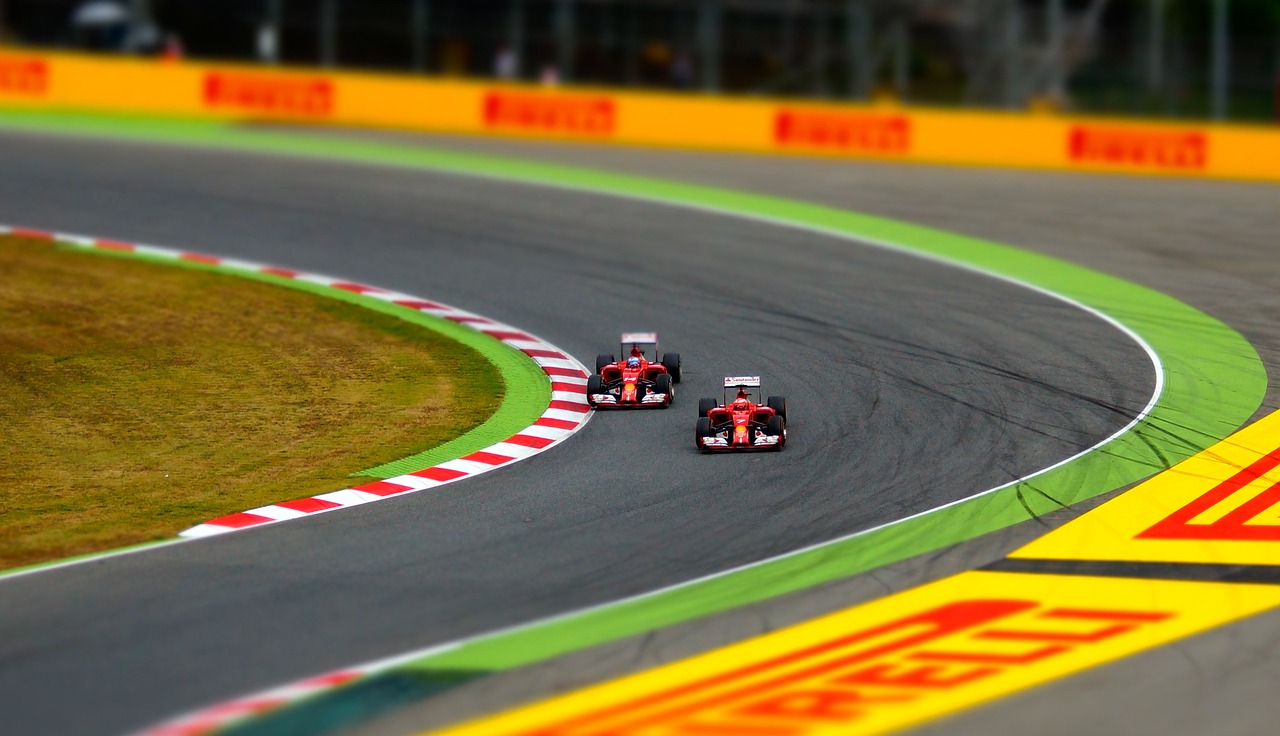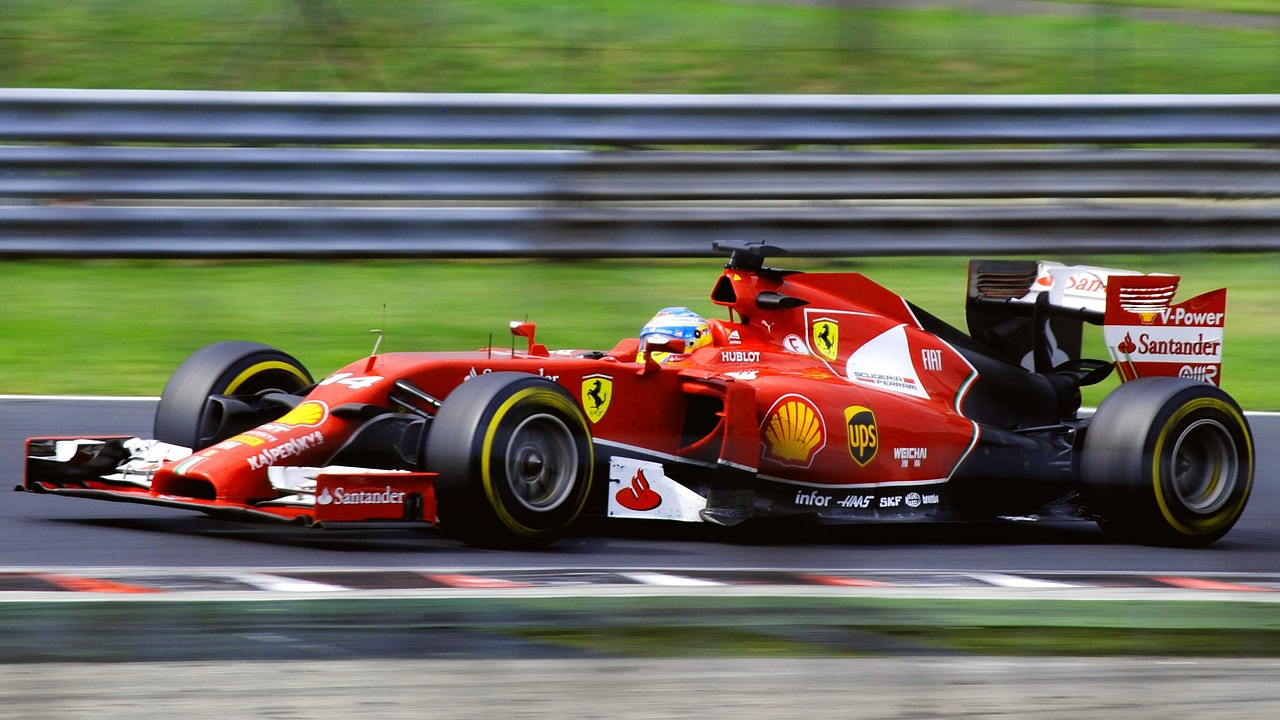Many! 300 – To be more precise. And these include both hardware and software ends. McLaren Applied Technologies and Freescale Semiconductor are the suppliers of hardware sensor solutions for most F1 franchises, while Microsoft supplies software.

The aerodynamics of the F1 allows it to fly, if not for lack of wings – fact or fiction? You find out!
These 300 odd sensors can be clubbed into four major units that control most of the electronics and subsystems installed in the car:
- Engine Control Unit (ECU)
- Gear Control Unit (GCU)
- Power Control Module (PCM)
- Data-logger Master Control Unit (MCU)
The ECU controls the rest of the units. The ECU further consists of several different parts, which are:
- LIU Interface Unit for LVDT position sensor is used for measuring damper and suspension travel.
- Ignition/Injection Power Unit with embedded Power Control Module (PCM) provides regulated power supplies for engine and electrical systems, high power ignition and injection drive stages for up to eight cylinders.
- The Formula One uses highly sophisticated, semi-automatic seamless shift gearboxes with integrated Gear Control Unit. The driver, in most cases, isn’t required to manually steer the clutch nor lift off the accelerator while changing up through the gears.
Instead, when the driver selects another gear, the shift is completed via a system which uses two shift barrels. As such, gear changes are not only significantly faster than they were with the traditional gear lever and clutch pedal approach. But now, the driver can keep both his hands on the steering wheel without concern.
However, gearboxes do more than just transfer the torque from the power unit to wheels; they also form part of the structure of the rear of the car, with the rear suspension bolting directly on to what is usually a high-strength carbon maincase. - EDR-400 is a compact high-speed data logger that gives 42 direct inputs. Additional inputs are received via the CAN-linked sensor interface units. The unit comes with 1 GB of integrated logging memory, GPS, and integrated Telemetry unit.
- The telemetry unit supports wireless data transfer and provides local data logging. The Intel-Atom-based unit runs on Linux-based RTOS.
Computer on a Race Car
The F1 goes beyond the race track. It is a continuous R&D effort that requires 100s of GBs of data on vehicle and racer health. Data on an F1 needs to be transferred at a minimum rate of 0.5 mbps. A single race car generates between 2 GB and 3 GB of data during one session.
This data, through wireless internet, storage devices and servers, is available to F1 engineers monitoring their franchise car.
- ATLAS Server is loaded with the telemetry data from the ECU and transfers it to ATLAS Client which is being used by support crews.
- ATLAS Client provides real-time display of data on a spectrum of parameters. It runs on Microsoft’s OS. Several additional MS software is used for data analysis and visualization. This helps study ECU data on transmission feeds and telemetry data from the engine, suspension, and other systems.
Other software clients such as the ATLAS Remote Data Server (RDS) – for enabling global broadcast of live telemetry data in manufacturing units or F1 R&D labs – and Atlas Database – for seamless access to previous ECU data from previous races, test lab simulations, or even from the last lap are used by F1 engineers.
Safety Device
Akin to Black Boxes used by aircrafts and fighter jets, the F1s are equipped with FIA Accident Data Recorders (ADR), which stores data from all the car’s key sensors and accelerometers.
When in an accident, the ADR triggers a medical warning LED light on the cockpit top to warn marshals of the severity of the accident, allowing them to take tend immediately to the victim.
The ADR generates necessary data for future use, if the severity of the accident causes fatality.

F1 is unlike any other car. It is similar to a fighter jet in its build and functionalities. But don’t expect dogfights any time soon!
